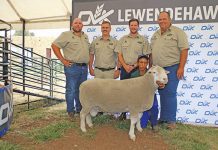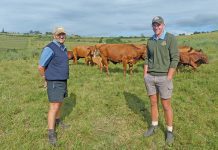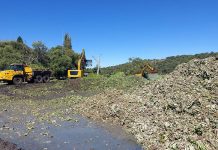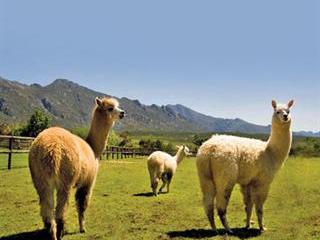The 2007 pigeon racing season came to an end for most South African fanciers in the middle of October and it’s time now to give full attention to the breeding aspects of the sport. Veteran champion, the late Ben Van As, once said that “racing is silver but breeding is gold”. this is no time to slack off and we should give our breeding birds the extra care they need to raise robust offspring. A t this stage many fanciers are evaluating the strength of their stock-lofts by analysing the performance of the youngsters during the 2007 season. One needs a great deal of objectivity to be sure not to dispose of good stock simply because its offspring did not score.
Helpful hints to review your 2007 season I f you struggled with disease, make sure you clean out your loft and disinfect it with Virukill-Avisafe. f routine treatment was done would suggest an extra supplement of probiotics like Entero-plus for the birds. One of the best builders of natural resistance to infection is garlic and lately onion powder has also been recommended. Spirulina is the next best thing. Lemon juice reduces mucous in the throat and brewers yeast-powder is a good anti-fungal, anti-viral, and anti-bacterial agent. Other than that your race team needs a rest but don’t let them get fat. Sunspot activity Many quality pigeons were lost in training this past season as a result of sunspot activity at the beginning of the season.
Under those conditions the youngsters are not tested fairly and unfortunately the true value of their parent’s genetic potential cannot be measured. So one could mate the same pairs to each other again and give them another chance as breeders. Accessing race velocities n races from south to north, the 2007 season was a fast-paced year for Gauteng fanciers. The prevailing south and southwesterly winds literally blew the pigeons home at velocities of between 1 300m/min and 1 700 m/min. other regions such as Western Cape velocities often dropped below 1 200m/min. But the conditions there are wet, misty and generally miserable and the mountain ranges don’t allow for easy returns.
When they are fogged the birds often lag two and four hours behind, before finding a passage clear enough to continue a journey. Fanciers who raced well in Cape Town found themselves a little behind at times but adjusted their training systems to get back on track. G auteng fanciers found sprinting type pigeons more useful this year but adjusted training programmes if their otherwise tough pigeons did not turn into sprinters. In Limpopo velocities were faster than usual but temperatures generally cooler than anticipated. So don’t embark on a killing spree just because your pigeons did not score as expected in this year’s conditions, unless you know from the birds breeding origin that they were bred to perform in certain weather.
Review your racing programme f you introduced a new training programme and the bulk of your race team did not respond to it, you shouldn’t penalise the birds. Further, if you tried more than one training programme, in the same season, you should expect unusual results. Fanciers training on the natural system (where the sexes are mixed) often change to separating the sexes and still don’t get good results. Certain birds are best conditioned to specific loft conditions and need either more or less training hours or more or less food. One can make alterations to a programme but making drastic changes out of panic to reach a quick-fix solution could ruin your season. – Thomas Smit ([email protected] or call (011) 680 4778) |fw









